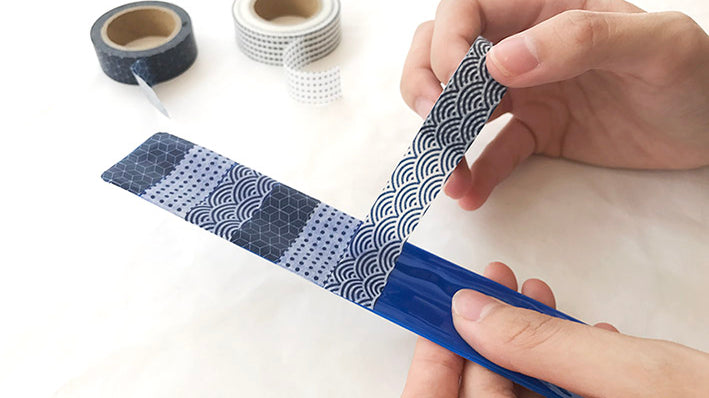Blog
10 Year Anniversary
Wheniwasfour is 10! Sparked by a passion to appreciate the simple joys of our paper-chasing lives, our company’s vision of “simple happiness“ is exemplified through a decade’s worth of...
Singapore Night Festival 2019
As Singapore Night Festival returns this August, wheniwasfour celebrates the local arts scene with the return of our fan-favourite Rubber Stamping activity! Along with a Treasure Hunt around Waterloo Centre...
Fishbo Pack Launch
Smell something fishy? Here's why! Fishbo is back, and back with his gang! The confident Fishbos, jam-packed with extra cuteness, happiness, bounciness, cheekiness and enthusiasm are now available in a...
National Day Special - Why I'd Choose Singapore Over Any Country, Any Day
I spent three months on an overseas school exchange program last summer. With no parental supervision and a light school workload, I was presented with the freedom to explore the...
innisfree x wheniwasfour
National Day 2019 As the nation celebrates its 54th birthday this August, wheniwasfour partners with Korean naturalism brand innisfree to bring you a set of unique Singaporean gifts, a giveaway...
Meet the Bos - National Day Special!
In celebration of Singapore’s upcoming birthday, the Sumoborus are back with a Singaporean twist! With the new “Foodie” Ricebo, “YOLO” Chickybo and “Kan-chiong” FriedFishbo, the Bo family wishes Singapore a...
Meet the Bos
The Sumoboru reside happily at Yong Tau Foo stalls all across Singapore. They love having a splashing good time in steamboats and bringing you Simple Happiness! Fishbo is the...
What Goes On At The Super Kopitiam? (Part 2)
Previously on What Goes On At The Super Kopitiam, you were just walking towards the drink stall to grab some breakfast for yourself… Upon reaching the drinks stall you...
Singapore Night Festival 2018
Relive fond childhood memories in this year Singapore Night Festival with our FREE slap bracelet activity and a gigantic lighted up Paper Plane installation!
What Goes On At The Super Kopitiam? (Part 1)
On a bright and sunny day… *birds chirping* You walk to the kopitiam nearest to your house, and think: “What should I eat today?” Walking pass tables filled with people...
BBB Arts Sprawl x Singapore Design Week 2018
Arts Sprawl is returning to Queen street as part of Singapore Design Week from 16-17 March! We will be popping up along Queen street with other local brands and conducting...
Mini Pasar Malam Games at Singapore Night Festival 2017!
Venue / 261 Waterloo Street #03-02 S180261Date & Time / 18 Aug – 5pm to 11pm19 Aug – 2pm to 11pm 24 Aug – 5pm to 10pm 25 Aug –...

